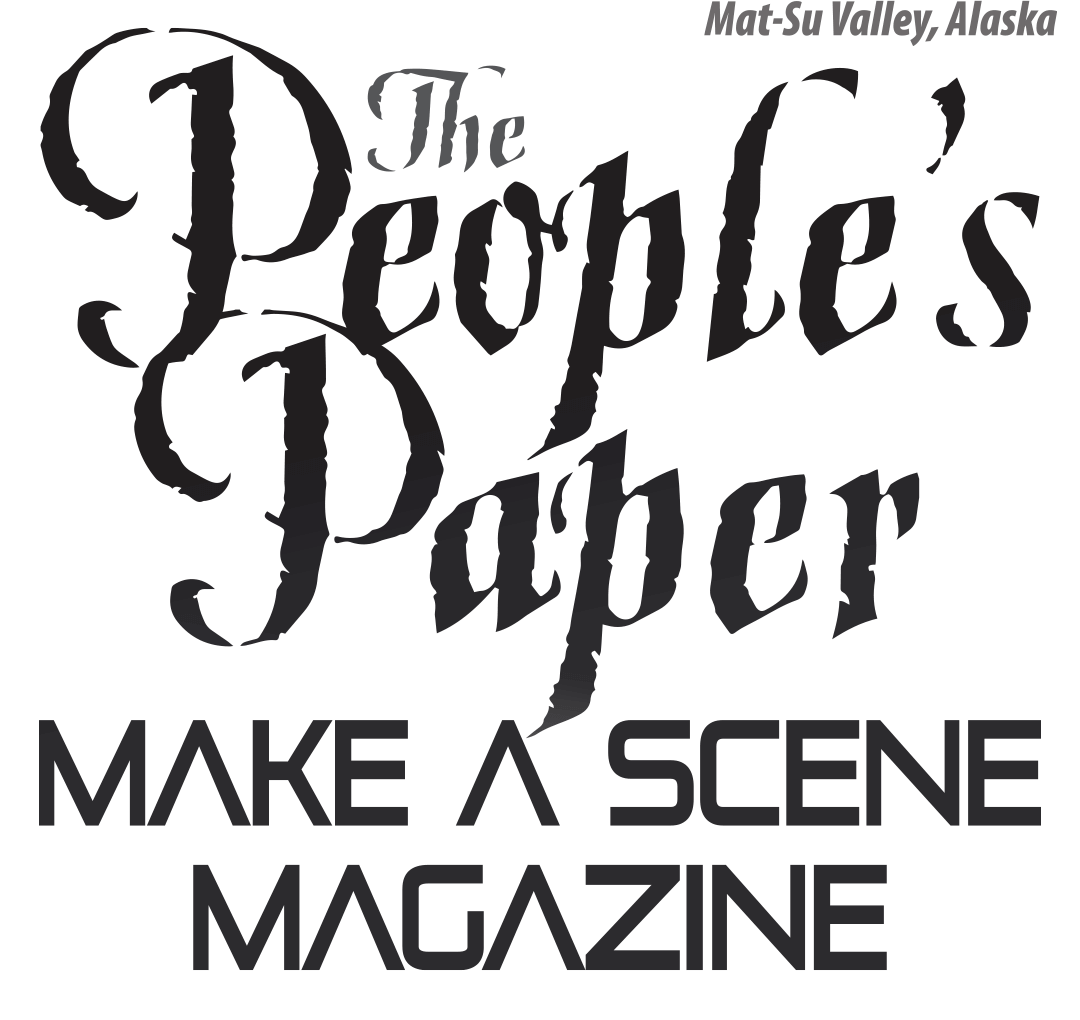Contributed by Bruce Walden
When we entered the union, there was a plan to build a highway from Anchorage to Nome, another from Fairbanks to Nome and a highway connecting those two at Ruby, a spur that ran to Unalakleet and one that ran to Dillingham. There was to be the Copper River Highway and the Parks. Well, we know the rest of that story.
We hear the typical excuse that frost heaves destroy our highways, and that is partially true. Making pitifully-constructed highways doesn’t help either, but tell the planners that and they get their feelings hurt. Go to northern Europe and you have the same issues with frost heaves, but their roads are pristine. Why? It is because they build their highways three feet thick and build them to last. Here in Alaska, it costs about $1 million a mile to build a bike trail. Why? Our roads are built poorly, so that the road construction folk have dependable employment. We might as well speak the truth.
Concrete goes for about $150 to $200 a yard; but if you make your own, figure half that or less. Okay, figure reinforcing with rebar/road mats and you double the price right back to around $150, but we’ll say $200 per yard. A 12ft. lane of highway, three feet thick and one foot long would cost $266, meaning that one mile of that lane would cost around $1,404,480. Hmm. Let’s be extravagant for a moment. If you built a four-lane highway from Anchorage to Fairbanks, that would cost $7,392,000 per mile or $2.6 billion. About the same to build a four-lane out of the state, so you’re talking in the neighborhood of $5.2 billion.
A two-lane to Nome from Anchorage and another from Fairbanks, plus the highway between would cost you another $4.5 billion. At this point, you’ve used a whopping $9.7 billion. But how to afford the workers to do such projects?
One of the government’s main responsibilities is infrastructure. I’ve not been impressed lately. Have you? Also, the idea of some kind of national/state service for our kids is not such a bad idea, and to my thinking it need not be military, though I loved my career in the Army and would do it again. This kind of thing instills a sense of duty and self-respect.
On April 14th, 1936, my dad enrolled in the Civilian Conservation Corps at Norris, Tennessee and helped build the very first dam on the TVA- the Norris Dam. I’m very proud of his service, and perhaps it is time for such an organization to stand up again.
Ask me about my figures some day and I’ll break it out for you, but basically to recruit, clothe, equip and house a brigade-sized element of such a unit (at Army pay rates and allowing 2% raises every year) and to keep them in work for 20 years would cost just over $300 million. If one sets aside $200 million in a 401K so those guys and gals have a retirement after 20 years, you are still only at half a billion. Throw in the cost of their equipment, barracks and such, and you still have not reached a billion. And the road work would progress at a foot per minute during construction season and in off seasons, they could prep for construction season. Military efficiency wins every time. That’s how they built the ALCAN in only 6 months.
The Knik Arm Bridge would cost around $1 billion. You’re now only around $12 billion.
If it so happens that President Trump gets his way and pushes a trillion bucks into infrastructure and if honest folks get their hands on our fiftieth ($20 billion), all these projects and several others could be built with money to spare. Twenty billion dollars over the course of 20 years. Not too shabby. Infrastructure is not a debt; it is an investment. I’d love to see a brigade of 18 year olds (about 2,000), fresh out of high school but motivated to make their mark, and show the world how this is done.
While you are at it, that cut and cover highway-to-highway project through Anchorage that was never built - the extra lane going and coming between Anchorage and the Valley? All of that would be affordable, but if we leave it up to the powers that be now, forget it. You’ll get diddly and squat. Oh, and while you’re at it, cut and cover is being done all over the world, but it’s a make-it-up-as-you-go proposition. If Alaska did it systematically and efficiently, we could lead that industry. But…
The powers that be will say, “Well, it’s just not that simple.” To that I say, “Yes, actually it really is.”

